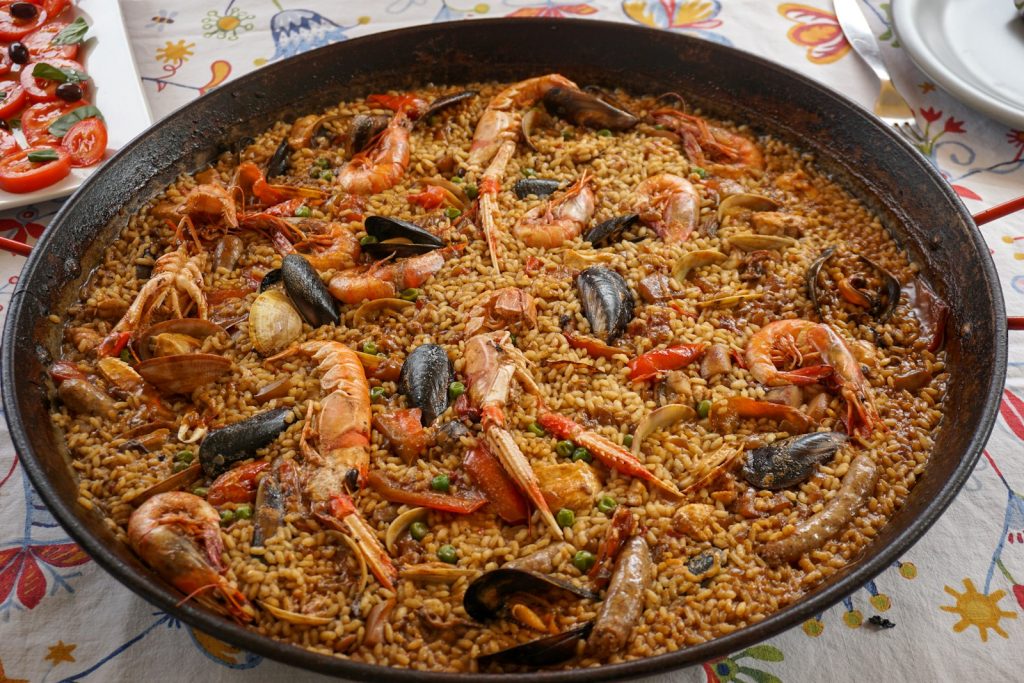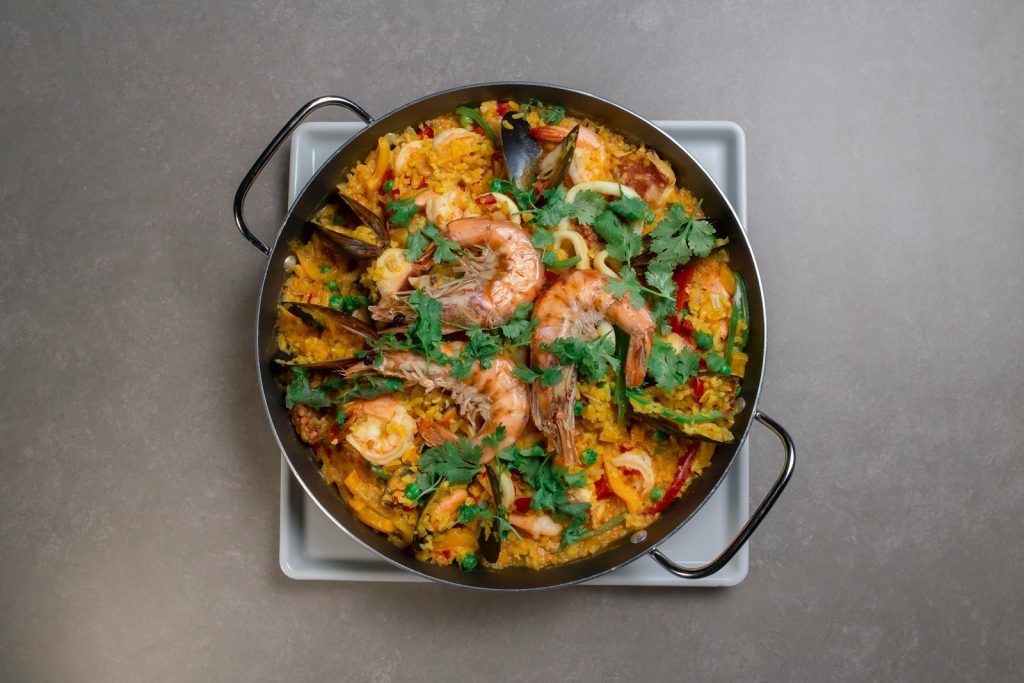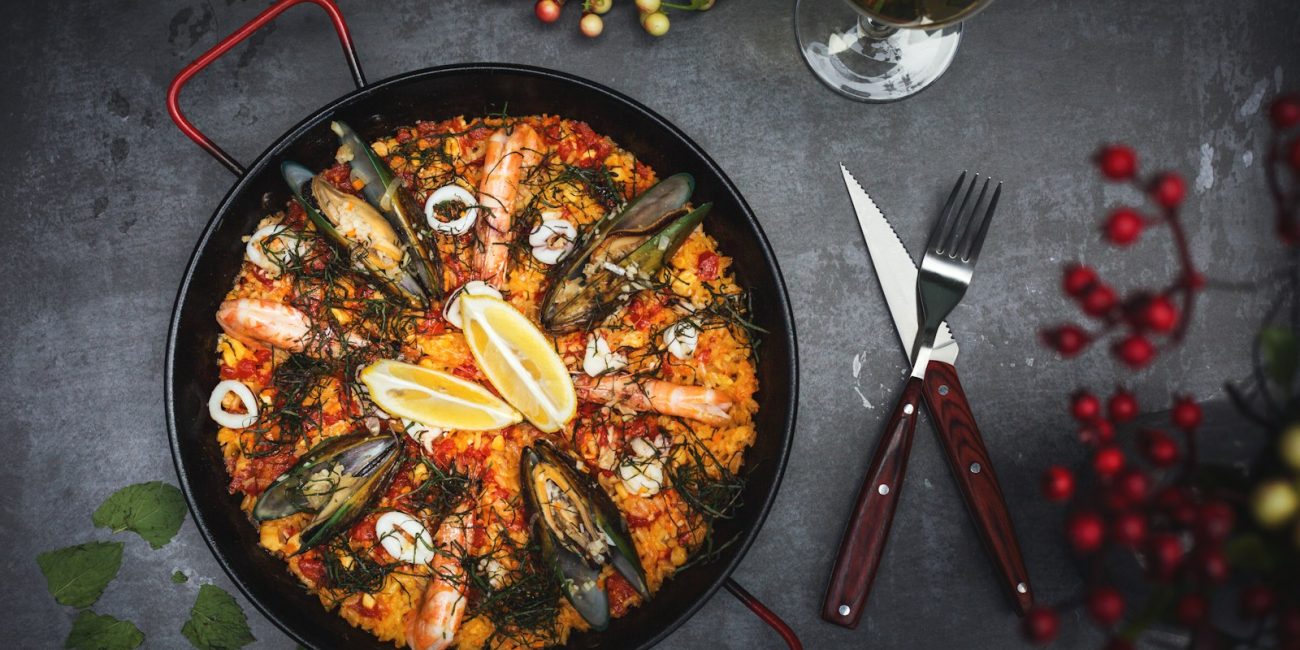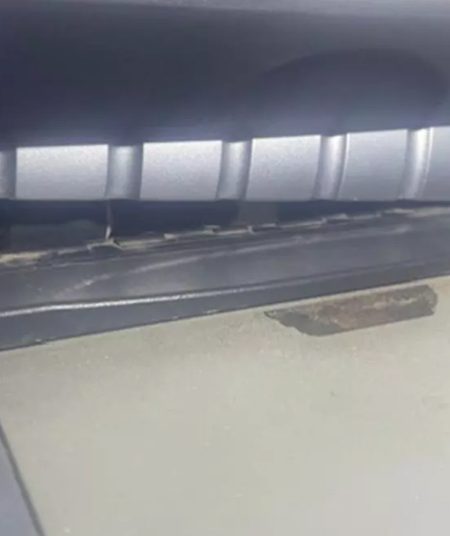Paella is a popular dish all over the world, but on the Costa Blanca, it is much more than just a meal. It’s a symbol of community, a staple of family gatherings, and a delectable slice of history. To fully appreciate a perfect plate of paella, one must first understand its humble beginnings and the traditions that have shaped it into the iconic dish we know today.
Paella’s origins can be traced back to the marshlands and rice paddies of the Albufera, located just south of Valencia. Hundreds of years ago, field workers and farmers cooked a simple but hearty lunch over an open fire. They cooked whatever ingredients they had on hand in a large, shallow pan, including rice, vegetables, rabbit, chicken, and, on occasion, snails. The dish was born out of necessity, cooked outdoors and shared with a group, a tradition that continues to this day.

This original version, Paella Valenciana, is still regarded as the most authentic and is the subject of much pride and passionate debate. For many, a “true” paella now includes seafood, and the ingredients are specific and consistent with the recipe itself. The distinct yellow colour comes not from tumeric, but from a pinch of precious saffron threads, and the rich flavour is built on a slow-cooked sofrito of olive oil, tomatoes, and paprika.
As the dish gained popularity, it spread beyond the inland fields to Valencia’s coastal towns and villages, including those on the Costa Blanca. This is where paella began its delicious evolution. Local fishermen, who had access to the Mediterranean Sea’s bounty, began to add their catches to rice. Mussels, prawns, calamari, and clams replaced the traditional chicken and rabbit, creating the beloved paella de Marisco (seafood paella).

Today, the Sunday paella lunch is a beloved tradition on the Costa Blanca. Families and friends often gather in their gardens or on terraces to prepare this special dish. A large paella pan over a wood fire, slowly sizzling and releasing aromas, is a sensory experience in and of itself. Everyone contributes, from preparing the ingredients to simply watching the rice cook (without stirring, as per the rule) and sharing in the anticipation.
The most prized aspect of the dish is not the ingredients on top, but what you don’t see: the socarrat. This is the crispy, caramelised layer of rice that forms near the bottom of the pan. Achieving the perfect socarrat is a sign of a great paella maker, and it is frequently scraped up with a spoon as a tasty, flavorful reward.
Paella is more than just a culinary tradition; it’s a communal experience. On the Costa Blanca, it is a taste of home for locals and a memorable experience for visitors. It embodies the region’s spirit of enjoying simple pleasures, spending time with loved ones, and savouring the rich history and flavour of the land and sea.









No Comment! Be the first one.